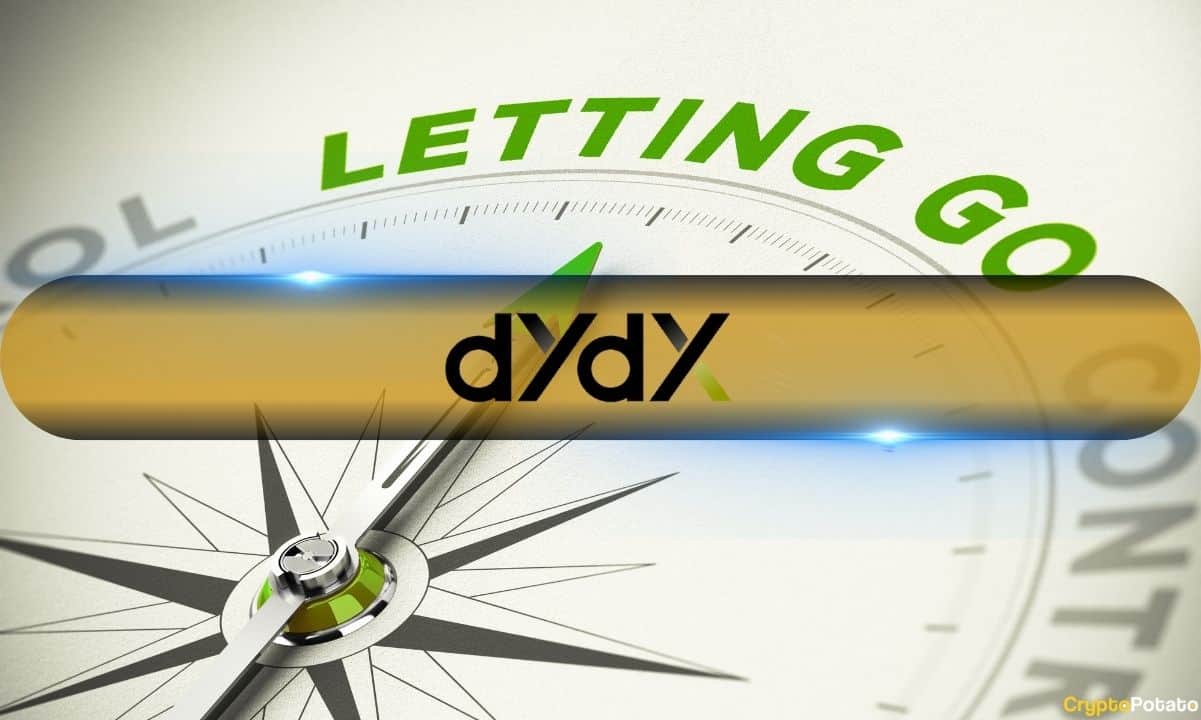Wall Street Sees Bitcoin Plummeting to $10K (Survey)
A recent study conducted by MLIV Pulse revealed that 60% of the surveyed Wall Street investors believe bitcoin dropping to $10,000 is a more possible scenario than the asset rising to $30,000. The poll further estimated that professional investors are more supportive of the cryptocurrency industry than retail investors.
Pessimism Reigns Among Wall Street Investors
The latest decline of the cryptocurrency market and the negative events surrounding the sector have reversed the overall sentiment. Bitcoin, for one, has been underperforming since the start of the year and trades far away from its peak in 2021. In fact, at the end of last month, the primary digital asset closed its worst quarter in a decade.
Having this downtrend in mind, it is no wonder that 60% of the 950 polled Wall Street investors believe bitcoin’s price has better chances to decrease to $10K than surge to $30K.
The survey showed that cryptocurrencies are a highly polarizing topic among the participants. 28% said digital assets are the future of finance, while every fifth respondent stated they are worthless.
The general distrust towards the asset class also comes from the fact that the world nowadays faces multiple challenges such as high inflation, energy crisis, and military conflicts. Speaking on the matter was Jared Madfes – Partner at Tribe Capital:
“It’s very easy to be fearful right now, not only in crypto, but generally in the world.”
Despite the bearish predictions for bitcoin, the majority of Wall Street investors think it will remain the most powerful asset in its field. On the contrary, the second-largest by market capitalization – Ethereum – is “losing its lead.”
Touching upon non-fungible tokens (NFTs), most participants labeled them as just art projects or status symbols. Only 9% think digital collectibles could serve as an appropriate investment opportunity.
Subsequently, Matt Maley – Chief Market Strategist at Miller Tabak + Co – argued that crypto’s rise last year was an example of a financial bubble. In his view, the next such event will be focused on something different since speculative frenzies rarely strike the same spot twice.
What Could Have Pushed Back Investors?
It is safe to assume that the decline of the cryptocurrency market and the panic among investors were fueled by numerous collapsing projects and troubled enterprises in the industry.
The example of Terra is one of the most famous. In May, the protocol’s algorithmic stablecoin – UST – lost its peg and plunged way below the target of $1. Shortly after, the native token LUNA also went into a freefall resulting in appalling losses for investors, while a few opportunists explored UST’s algorithmic nature to sell LUNA and profit by arbitraging.
In June, the DeFi platform – Celsius – halted withdrawals, swaps, and transfers between accounts, citing “extreme market conditions.” Earlier this month, the company dismissed 150 employees, which equals around a quarter of its total workforce.
BlockFi was another distressed entity that had to cope with several issues. Last month, it laid off 20% of its staff, while days later, the State of Iowa ordered it to pay an almost $1 million administrative fine for failing to register as a securities trading platform.
Amidst the anguish, the digital asset exchange – FTX – and the crypto lender – Ledn – revealed intentions to acquire BlockFi. As CryptoPotato reported last week, the organization spearheaded by Sam Bankman-Fried is much closer to inking the deal.









